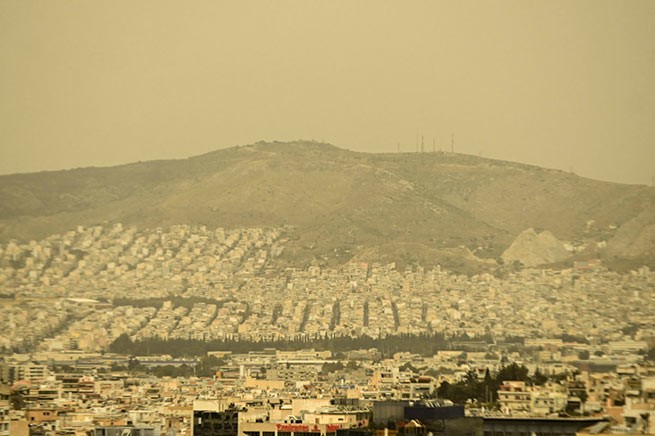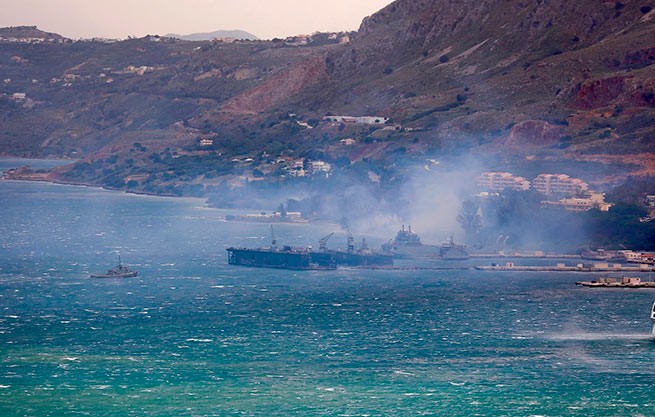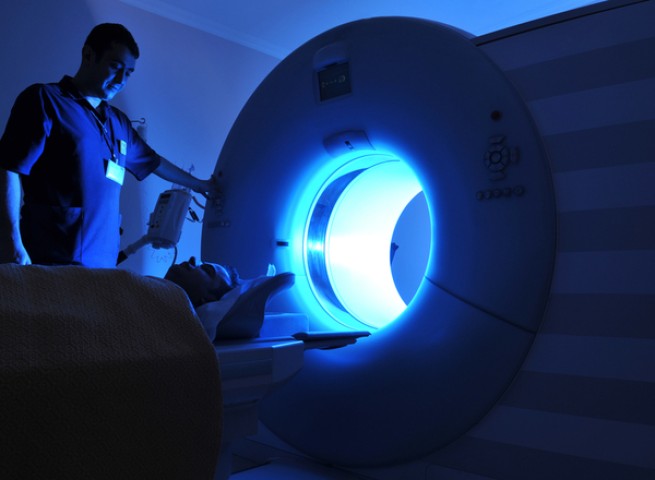Good afternoon, dear fellow motorists and fellow pedestrians! Good afternoon to those for whom gasoline smells, and does not stink, who every day goes to the car with a slight excitement, as to a beloved woman.
Yes, with such an increase in prices, gasoline will soon smell prestigious in our country, like Chanel No. 5 – who dares to say that it stinks?
But today we are talking about saving. So, the same car, with the same tank, will run a different number of kilometers for different drivers. Depending on their driving style. And this difference can be very significant – from 5 to 50 percent! That is, at each gas station, an economical driver will save 5-25 euros. So, we are opening the School of Economical Driver. I have tips for their effectiveness:
Tip number 1: the most important: “Do not” trample “the accelerator pedal.”
Each sharp press of the gas pedal increases fuel consumption tenfold. It doesn’t matter – on the highway or in the city, when starting off, accelerating or reaching maximum speed.
You can drive powerful cars for many years and never press the gas pedal to the floor once in your life. And vice versa – very often, getting out in cars with a weak engine of 1.2-1.6 liters on a good highway, we press the pedal to the floor, go close to the maximum speed in order to get somewhere faster. If you often enter such a regime and drive hundreds of kilometers in this manner, from city to city, for example, then the consumption of any, the most wonderful car, increases catastrophically – up to 17-18 liters of gasoline per 100 kilometers.
Speed generally dramatically increases fuel consumption, and this is understandable – air resistance increases. Moreover, it increases not in direct proportion, but almost geometrically. The economy mode for modern cars – in 5th gear, of course – depends, of course, on the size and power of the engine. On average, this is a speed range from 60 to 90 km. at one o’clock.
Tip number 2: one of the most important: “Use the checkpoint correctly – the gearbox.”
When driving an automatic transmission, only one thing depends on you – press the gas pedal as smoothly as possible, the box switches itself. Gasoline consumption in cars with automatic transmission is 10-15 percent higher than in cars with manual transmission.
Many people ask for advice and even write it down on a piece of paper and stick it to the “torpedo” – at what speed, what gear should I switch to? “At 20 km. per hour on the 2nd, at 40 on the 3rd “and so on. All this is nonsense, since these figures depend on the make of the car, on the engine, the slope of the road, etc. Better use the universal formula, which is easier to remember: first gear for pulling away. The second is for overclocking. The third is for overtaking. The fourth is for driving around the city. Fifth – for driving on the highway.
Tip #3: Efficiency Bronze Medalist: “Don’t ‘turn’ the engine.”
If you save gasoline, then try not to “turn” the engine above 2000 rpm. in min. and change gears as early as possible so that 5th gear on the highway, say, on my Opel Astra, falls at a speed of 60 km. per hour, a 16-valve engine allows this mode.
Tip number 4, not the most overwhelming: “Watch your tire pressure.”
Automotive scientists have calculated that the reduction in pressure in all four tires is only 0.1 atm. gives an increase in fuel consumption by 2-3 percent. It is known that tires that do not flatten over time do not exist. Even Ferrari and Rolls-Royce. But to distinguish a tire with a pressure of 1.2 atm. from 2.0 atmospheres not every eye can, but a driver with such flat tires will spend extra 3-4 euros at each gas station.
If you wish, you can save more on tires and keep the pressure in them at 2.3-2.5 (like mine) atmosphere, but then the ride will become slightly uncomfortable: small bumps in the road will be felt more. At a pressure of 3 atmospheres or more, the braking distance sharply increases.
Increasing tire pressure is very dangerous on wet and slippery roads. In winter, this method is simply unacceptable, since the cost of restoring cars after an accident will many times exceed the savings from gasoline.
Tip number 5: “For a more complete combustion of the mixture in the cylinders, it is advisable to increase the gap in the candles to 1.0 mm.”
More precisely, it would be nice to check this gap, because on some candles it is already one millimeter.
Tip #6: Nearly Rough: “Use an air bag on the highway.”
This way of saving on the highway is very effective, saving up to 40 percent of fuel. It consists in the fact that you follow some other, larger vehicle, but close to it, in the zone of rarefied air that it creates behind itself – in the so-called “bag”. Of course, a lot here depends on speed, but the average figures for the distance between cars are as follows: no further than 5 meters from bumper to bumper, if there is a car in front. No further than 8 meters from a truck with a trailer and 7-12 meters from a bus (up to 15 meters from a double-decker bus). This method is simply wonderful when driving in a convoy – you periodically change places with your companions and do not make sudden movements while driving. The danger of such a ride is understandable – overtaking other cars, sudden braking. Only experienced drivers can use it.
Tip #7: Serious: “Minimum vehicle energy load.”
Air conditioning increases gas mileage by about 15-25 percent (especially in hot weather). Current heating of the rear window – by 5 percent. “Stove”, included near, far, additional light – by another 10-15 percent. Dipped beam alone gives an increase in consumption of up to 100 grams of gasoline per 100 kilometers.
Tip #8: The obvious one: “Descents in neutral, gentle climbs in 5th gear.”
I give this advice in defiance of my driving nature. What to do, since this is how life develops – not to fat, I would live. I used to always say that driving in neutral, that is, when the wheels are disconnected from the engine, is dangerous. Yes, it’s dangerous. Especially when you brake hard in neutral. On ice and snow is simply unacceptable. But on dry pavement – you can.
Tip #9: “If you can’t drive in the rain, don’t.”
Because the resistance of the water under the wheels eats up gasoline a little less than the oncoming air flow. And especially puddles, even small ones – they generally slow down the car as if a giant is holding it by the rear bumper. Therefore, get ready, leaving somewhere far away in heavy rain, that you will have to pay 15 percent more for gasoline than usual.
Tip #10: Don’t roll your windows.
If you’re serious about saving gas, then you should know that the rolled-down car windows create air turbulences that increase the car’s rolling resistance, and therefore fuel consumption. A little, one and a half percent, but if such a ride is practiced day after day, month after month … Therefore, if airflow and forced ventilation work effectively in your car and there is no particular need to expose your face to the wind, then keep the door windows up. (True, the fan also takes its share of electricity, and, accordingly, gasoline, so don’t get carried away).
Tip #11: “Small potholes are better avoided than driven over.”
Experience shows that on small potholes and bumps, on which we don’t even let off the gas, the consumption, nevertheless, rises sharply. Why? Yes, because the right leg on the gas pedal is shaking. Shakes imperceptibly for the driver. But for the engine – noticeable. Therefore, small potholes that do not cause much discomfort, it is better to skip between the wheels, go around than ride on them.
Tip #12: Straighten turns.
The advice, in fact, is hooligan, but effective – a non-sharp turn is to pass not along the arc of its row, but along the chord. That is, to straighten the path if there is no one on it except you. Not very steep “S”-shaped turns can be generally passed in a straight line. This method shortens the path, for example, from Athens to Thessaloniki (500 km.) By twenty kilometers. Secondly, it allows you not to release gas in a turn, so that later, after turning, you do not have to add it. And thirdly, it reduces the chance of skidding, which riders are especially aware of. Yes, and you at the Formula 1 races see on TV how they go as far as possible to the right before a sharp, say, left turn, and then “cut” the turn and exit it again as much as possible to the right.
Tip #13: “Reduce idle.”
Ask the mechanic at the service where you are serviced to reduce the engine idle speed from the usual 900-1000 to 500-600. It is better to do this after the car has been broken in, i.e. after 15-20 thousand run. This will not cause any harm to the engine, and will significantly reduce consumption. And in the “cork” cities – very noticeable. The main thing is that the engine idles steadily and does not stall when the gas is suddenly released, the air conditioner or other powerful electrical load is turned on, when braking and depressing the clutch pedal.
Tip #14: Find your gas.
Not always a cheap grade of gasoline saves money. It depends on the engine. Having an Opel Astra with a 1.4-liter engine, I always filled in the 95th gasoline and drove around the city on a 52-liter tank (with a neck) 400-420 kilometers (I never really drove it to the end so that the engine stalled – this is fraught with clogging fuel pump). And once I filled in the 95th Fuel Save from Shell and drove 500 km on it. And on the highway – 630 kilometers – at one gas station! (True, there was a tailwind, I confess. By the way, a medium-strength headwind or tailwind, respectively, increases or reduces gasoline consumption by 10-15 percent.) In short, I counted on 95 Shell. It turned out that I put less pressure on the gas in order to drive the same way. And, despite the fact that it is a little more expensive, using it, I save about 10 euros on each gas station.
Almost the same savings, but with better engine response, I was given 97 V Power gasoline from the same Shell. At the same time, my old lady additionally received at least 20 horsepower.
But having changed 97 to gasoline 100, I did not notice anything, except for a significant increase in costs. Apparently not mine.
Therefore, it makes sense to try all grades of gasoline, if they are acceptable for your engine, in order to choose the most economical one.
Tip #15: “Unload the car.”
One of my acquaintances carried a pood weight in the trunk for two months – he forgot to unload it. Another did not have a garage and he carried tools and spare parts in the trunk. When I finally unloaded it, it turned out to be more than 20 kilograms, and this is an extra 20-25 kilometers. Well, everyone knows about the roof rack – the consumption increases by 10-15 percent.
That, in fact, is all the advice on saving gasoline in our difficult “crisis” time. There is also “engine tuning”, changing its electronic “chips”, in carburetor engines – installing economical jets, magnets, grids in the intake manifold, but all this is one for specialists, the other for charlatans. I’m talking here about what is available to every driver, both a professional and a beginner – about the driving style. If you follow these tips, you will be able to drive 50-100 more kilometers on your tank than you drove in a happy and serene time of cheap gasoline. Calculated – 100 kg (1 mother-in-law) of cargo is plus 1 liter of fuel consumption.






More Stories
How to clean your glasses
Who can not wear a mask on public transport
ΑΦΜ and ΑΜΚΑ are assigned in the maternity hospital